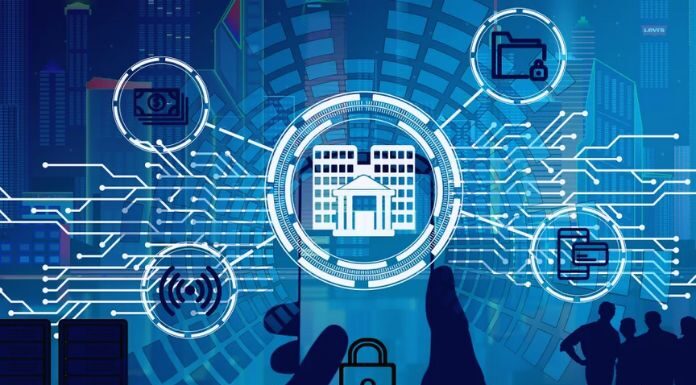Many things have changed since the invention of the Internet. One of them is the way we bank and access our accounts. Previously, you had to go to a bank branch to make deposits and withdrawals. Today you can snap a bill and pay it from your phone. About 73% of people worldwide use some form of online banking at least once a month. Never before have people had such convenient access to their accounts. But this convenience can come at a price. In 2021, account takeover fraud increased by 90%. New account fraud increased by a whopping 109%.
As the convenience of online banking has increased, cybercrime related to banking has also increased. When someone breaks into your Facebook account, it can be very uncomfortable. But it can be devastating when a hacker breaks into your bank account. It can mean significant losses. Losses that you may not be able to recover from your financial institution. In this article, we look at people’s mistakes that put their accounts at risk. Then we give you some important tips on better protecting your bank account.
Bugs That Allow Criminals To Access Your Account
Disabled Two-Factor Authentication
Two-factor authentication (2FA) is a simple process that has a big impact. Enabling this setting in an online account requires an additional step to gain access. This step usually consists of receiving a one-time passcode (OTP) via SMS and entering it at login. Many people make the mistake of not enabling this feature. They either don’t know this feature exists or find it annoying. However, if you turn off this setting, getting into your account will be much easier for a bad boy.
Falling For A Phishing Scam
Different types of phishing scams target online banking. Cybercriminals send emails that look like they come from your bank. Other scams can consist of warning you about unauthorized account activity. But when you click the link to log in, you are on a fake site. A page designed to look just like your regular bank website. These are just a few ways scammers can get your online banking credentials. Once they have these, they act immediately to get whatever they can.
Use Easy-To-Guess Passwords
If your account password is easy to remember, it’s also often easy to guess. Using weak passwords is a common mistake that allows many cybercriminals. Some best practices for passwords are:
- They should be at least ten characters long
- Contain at least one number
- Contain at least one icon
- Contain at least one capital letter
- Please don’t make them personal (e.g. don’t use your date of birth, etc.)
Download Insecure Mobile Apps
Banking Trojans are often hidden in malicious mobile apps. These apps can look as harmless as a task manager. But once installed, banking trojans look for any details they can find. You are looking for banking and wallet apps.
Login To Online Banking Over A Public Wi-Fi
One surefire way to give away your online banking password is to log in over a public WiFi network. Hackers frequent public hotspots and spy on the activities of others. You should never enter a password or other sensitive information when connected to public WiFi.
Tips To Improve Online Banking Security
Enable Two-Factor Authentication
Activate two-factor authentication in your online banking account. This is also known as multi-factor authentication or two-step verification. According to Microsoft, this can prevent 99.9% of fraudulent attempts to sign in to your account.
Set Up Banking Alerts
When an intruder breaks into your account, time is of the essence. The sooner you can notify your bank of the break-in, the better. The bank will then block the account immediately. Set up alerts through your online banking. These include, for example, low-balance warnings and login warnings.
Install Antivirus And DNS Filters On Your PC And Mobile Device
Having reliable antivirus software on your PC and mobile device is important. Many people don’t think about protecting their phones in this way. Yet they shop online and do banking from mobile devices. It’s also good to use a DNS filter. This filter protects you from visiting dangerous phishing sites by blocking them.
Take Phishing Training Courses
Do you know how to spot phishing? Are you up to date on the latest scams? You can make yourself less vulnerable by taking some phishing training courses. There are many of these courses online for free. You can also contact us. We have good and automated solutions for business. Knowing how to spot phishing via SMS, email, and phone can help avoid becoming a scam victim.
Get Help To Protect Your Business And Family From Fraud
There are some key digital solutions we can implement to protect you and those around you from online threats.
Read Also: Combine Influencer Marketing & SEO: Tips For Long-Term Success


